Exploring how purgatory is referenced and understood through scripture and tradition.
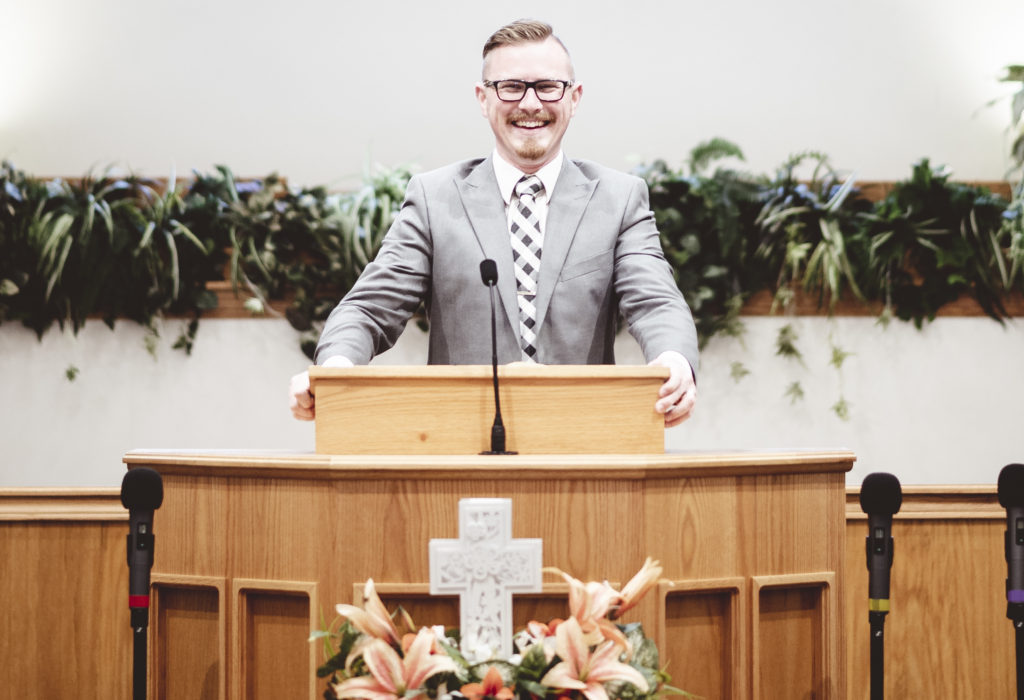
Though the term purgatory is not explicitly mentioned in the Bible, the concept arises from interpretations of certain scriptures alongside longstanding church traditions. This nuanced idea mainly features in Catholic theology, presenting a post-death purification process distinct from heaven or hell. Understanding purgatory involves examining key biblical passages, theological debates, and varying Christian perspectives on afterlife and spiritual cleansing.
1. The Bible does not explicitly use the term purgatory in its texts.
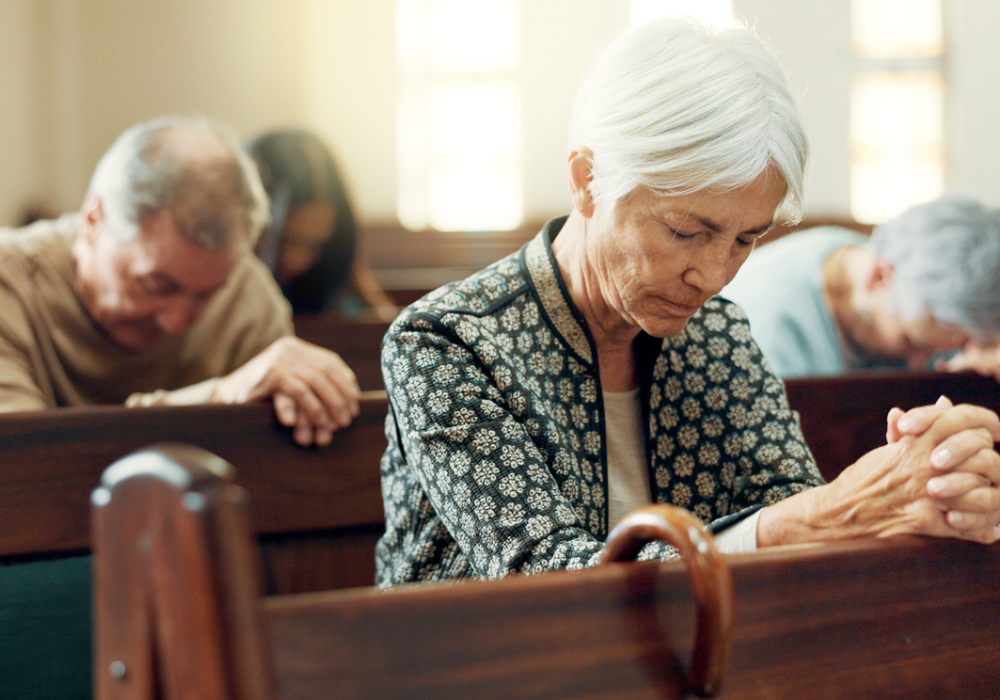
The term purgatory does not appear in biblical texts. While the Bible discusses concepts related to the afterlife, purgatory itself is absent. This absence leaves room for interpretation and debate among theologians. Biblical text focuses on broader themes of salvation and judgment.
In Catholic tradition, purgatory represents a purification process distinct from heaven or hell. Understanding relies heavily on church teachings developed over centuries, according to JW.ORG. This distinction emphasizes the difference between direct scriptural evidence and interpretations forming traditions within specific Christian denominations.
2. Some passages suggest a process of purification after death.
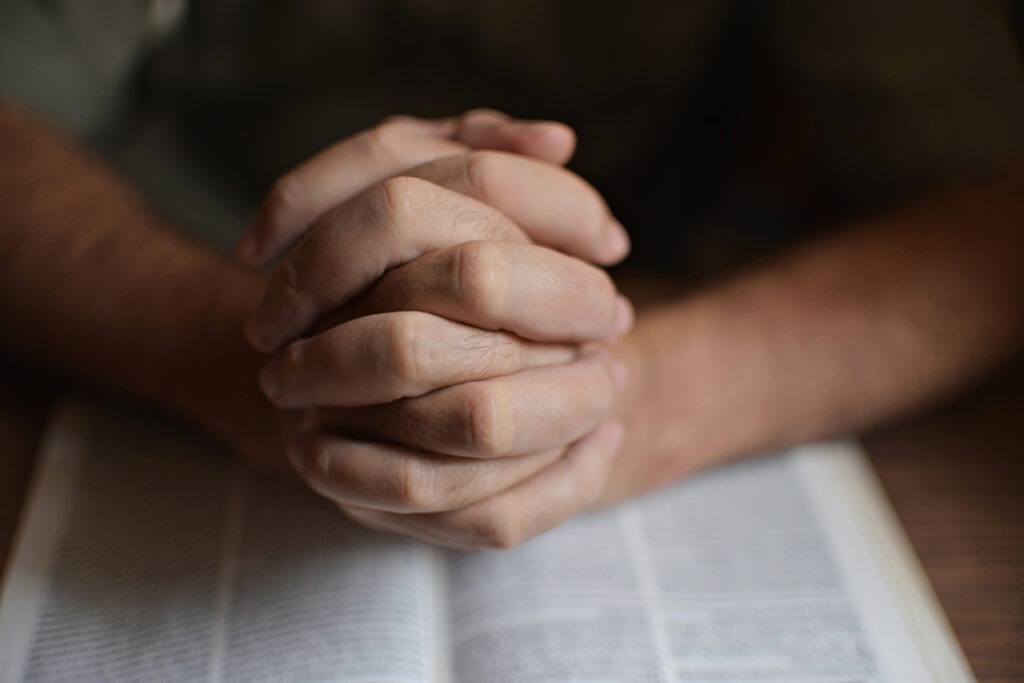
Some scriptural passages hint at purification after death. These verses often serve as a foundation for theological arguments supporting purgatory. A well-known example includes 1 Corinthians 3:15, where fire tests each person’s work.
Such interpretations vary widely, influencing views on the afterlife across Christian traditions. While these passages don’t mention purgatory by name, they fuel ongoing discussions among theologians about cleansing and spiritual readiness beyond this life, as mentioned by Desiring God.
3. Early Christian writers debated concepts related to afterlife cleansing.

Early Christian writers engaged in debates on afterlife cleansing, laying groundwork for later doctrines. Their writings explored ideas on purifying souls, contributing to discussions that evolved into the purgatory concept. These debates reflect religious thought before formalized church doctrine.
The writings of theologians like Augustine influenced this development, showing how ancient ideas can transform over time. Differences among early thinkers underscore the complexity of deriving a unified interpretation from diverse theological backgrounds, as shared by Catholic Review.
4. Different Christian traditions interpret purgatory in varied ways.
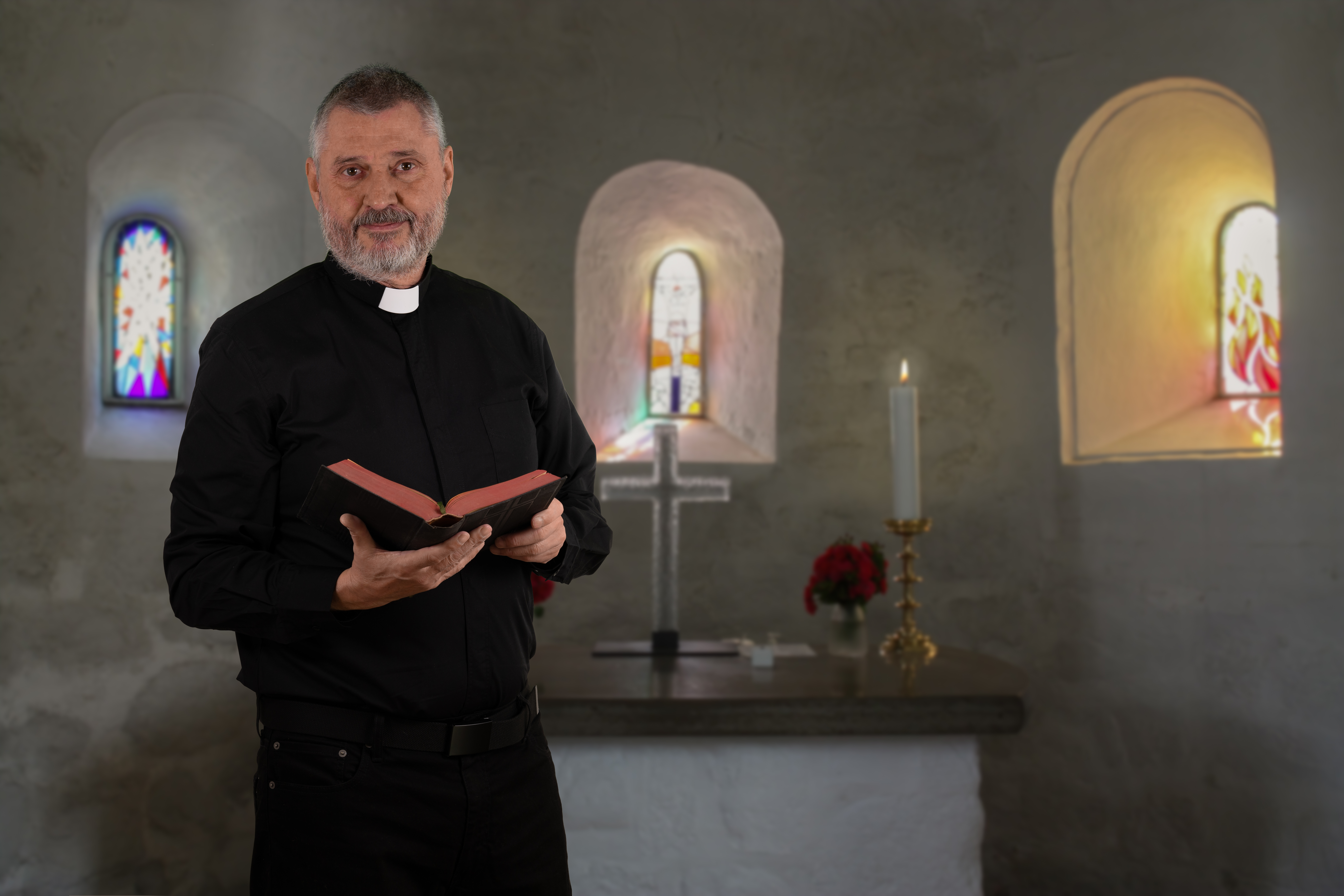
Christian traditions vary significantly in their interpretive approaches to purgatory. While Catholicism views it as essential to spiritual purification, Protestant denominations often reject or reinterpret this notion. These differences highlight broader theological divergences.
Each tradition’s stance reflects its unique historical and cultural contexts. Debates over purgatory demonstrate how interpretations can shape religious identity and practice, illustrating the broader spectrum of Christian belief systems.
5. Scripture references to fire often symbolize purification rather than punishment.
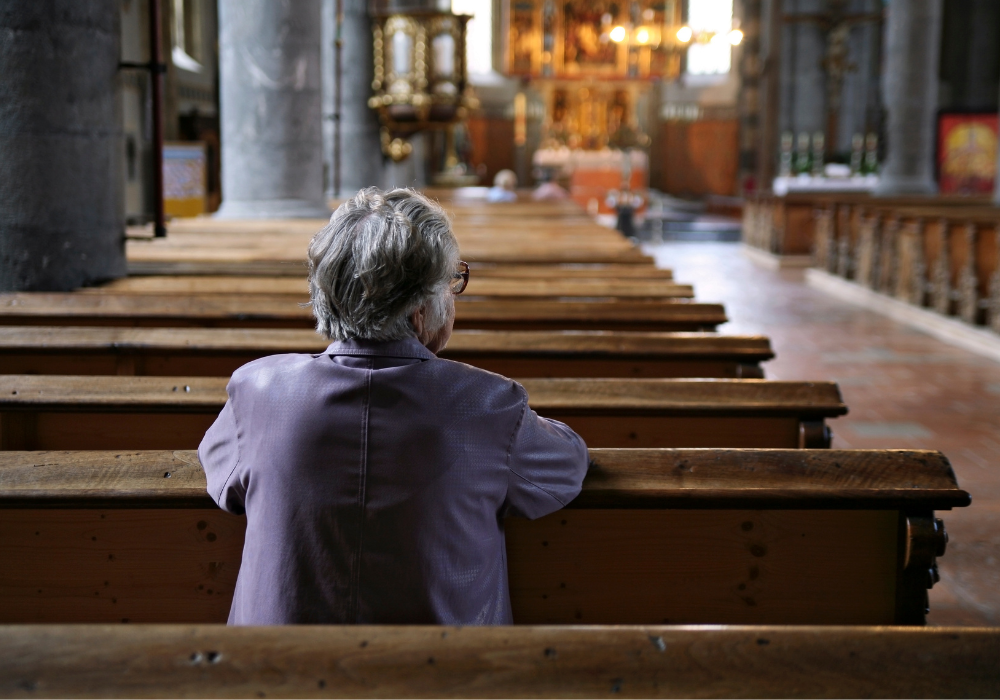
In scripture, fire frequently symbolizes purification. Verses like 1 Peter 1:7 use fire imagery to convey spiritual refining, not punishment. Such symbolism connects to broader theological themes of renewal and transformation.
These fire-related passages form a basis for discussions around purgatory’s purpose. The imagery supports interpretations of spiritual readiness needed for entering divine presence, illustrating how metaphorical language can fuel complex doctrinal developments.
6. The idea of purgatory developed over centuries through theological reflection.

Purgatory’s development spanned centuries of theological thought. Initially absent from early Christian doctrine, the concept emerged through interpretation and reflection on scriptural ambiguities. Historical councils played a significant role in refining this idea.
This evolution underscores how understanding religious concepts requires both theological insight and historical awareness. Changing perspectives on purification highlight the dynamic nature of religious doctrine and its reliance on collective interpretations over time.
7. Certain biblical verses are cited to support the existence of purgatory.
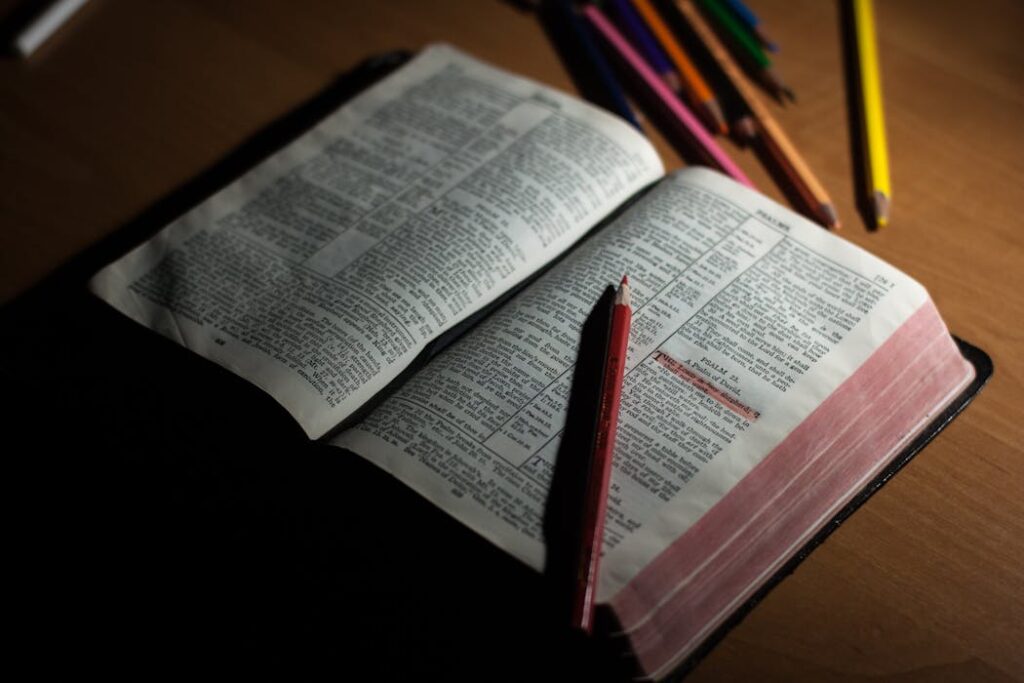
Biblical verses like 2 Maccabees 12:45 are often cited to support purgatory’s existence. Catholic tradition holds these passages as evidence of early beliefs regarding afterlife purification. This use illustrates the complex interplay between scripture and doctrine.
However, interpretations vary across denominations, emphasizing that scriptural support isn’t universally accepted. Such debates illustrate differing theological frameworks within Christianity, impacting communal and individual faith expressions.
8. The concept serves as a hope for spiritual growth beyond earthly life.
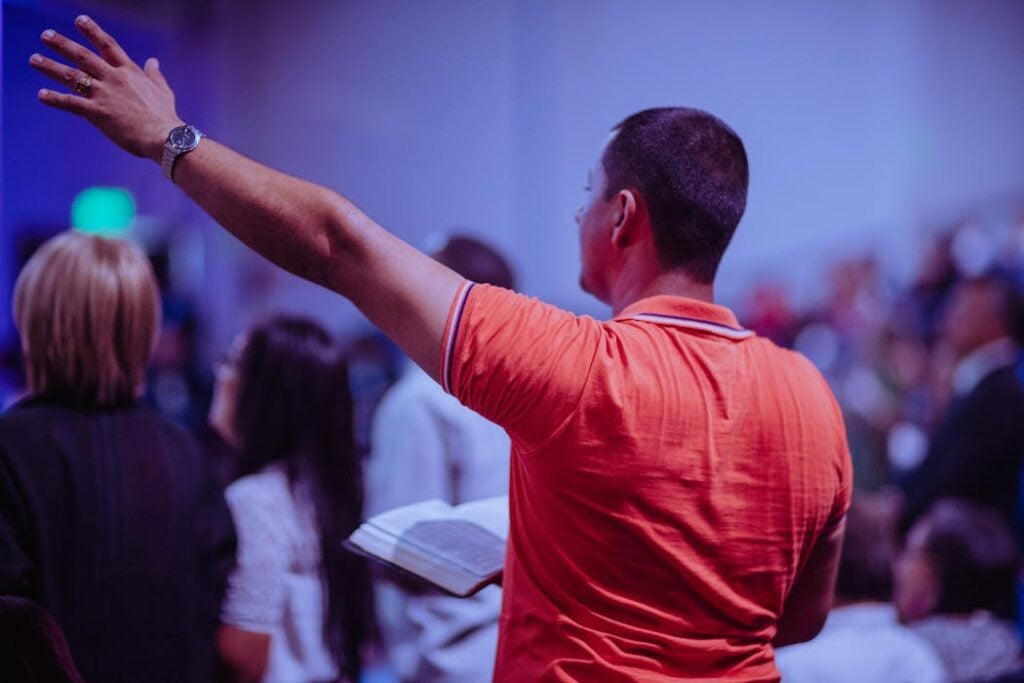
For many, purgatory offers hope for post-life spiritual growth. It provides a lens to view purification beyond earthly assessment. This perspective frames life as an ongoing journey toward spiritual perfection.
The idea reinforces beliefs in divine mercy and justice, balancing life’s imperfection with potential for eventual divine communion. Different theological interpretations reflect hopes for ultimate spiritual wholeness after earthly existence concludes.
9. Not all Christian denominations accept purgatory as a doctrine.

Not all Christian denominations accept purgatory as part of their doctrine. While integral to Catholic theology, many Protestant frameworks prefer redemption and salvation’s immediacy. Such variance in acceptance of purgatory underscores broader denominational divergences.
Each tradition’s beliefs reflect differing scriptural interpretations and historical contexts. These distinctions highlight how theological nuances shape collective religious practices and individual spiritual perceptions within Christianity.
10. The practice of praying for the dead ties closely to purgatory beliefs.
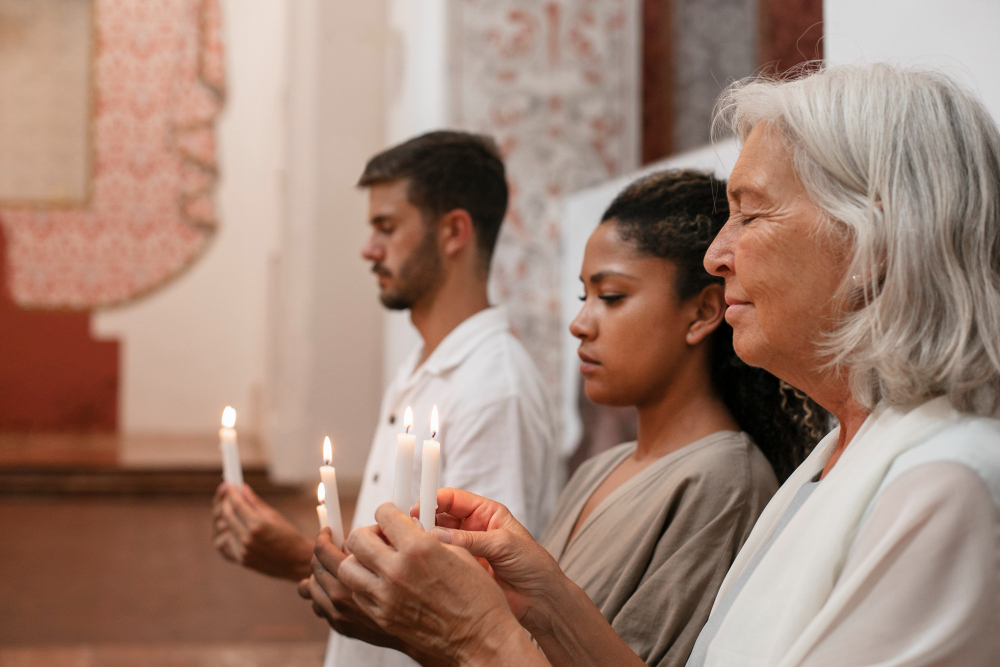
Praying for the dead closely ties to purgatory beliefs. In Catholic tradition, it’s seen as a way to assist souls in purification. Such practices indicate broader theological perspectives regarding community and afterlife connections.
While accepted in Catholicism, this practice diverges across denominations, reflecting different views on afterlife interactions. These differences exemplify how rituals can enhance communal bonds and personal spirituality.
11. Understanding purgatory requires exploring both Scripture and church tradition.
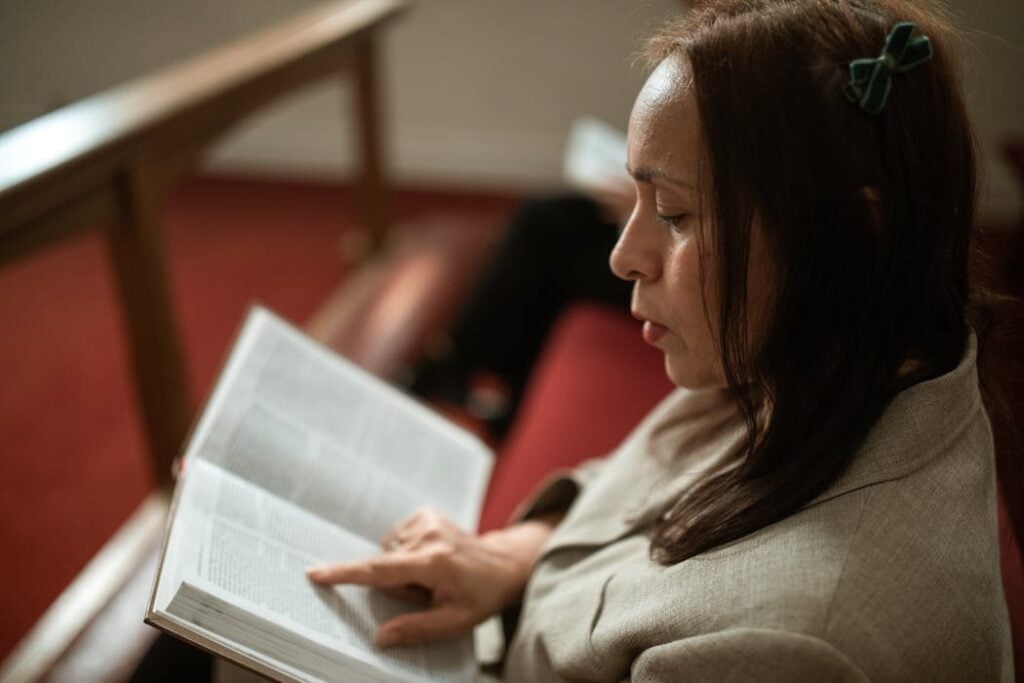
Understanding purgatory requires exploration of both scripture and tradition. Scriptural passages provide foundational themes, while church teachings offer interpretive guidance. Together, they mold beliefs about afterlife purification.
This multifaceted approach encourages dialogue between text and tradition, inviting nuanced theological reflection. Recognizing these layers fosters deeper engagement with religious doctrines, emphasizing their complexity and historical development.
